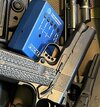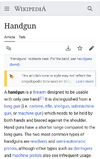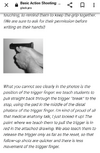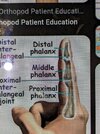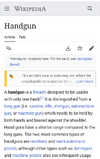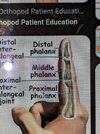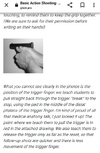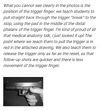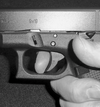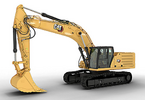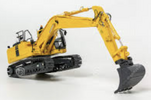hemiram
Member
I don't believe that the grip itself means a lot, as long as it's comfortable for the shooter. I used to shoot very well, "doing it all wrong" according to the instructor at the range I shot a two or three times a week. I basically got to the point I just ignored his advice. I didn't like his "right" grip at all.




